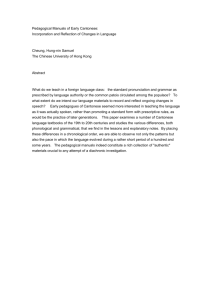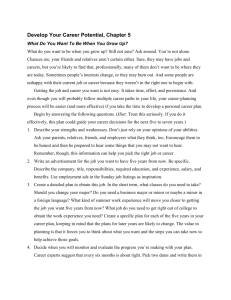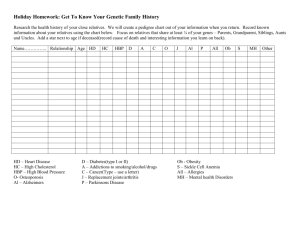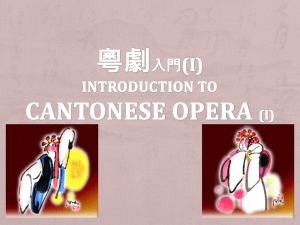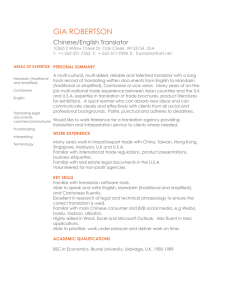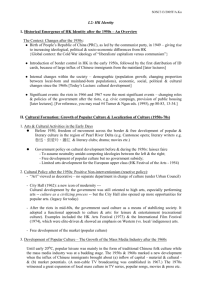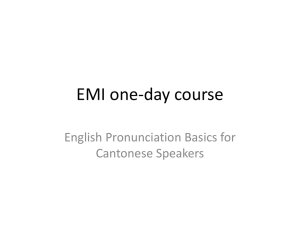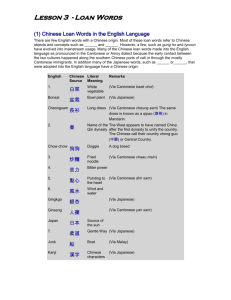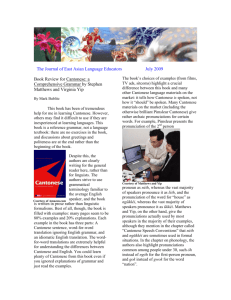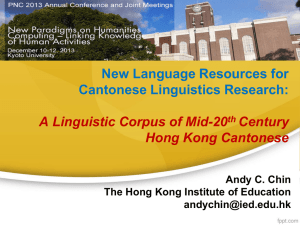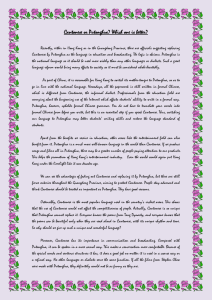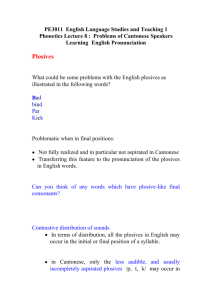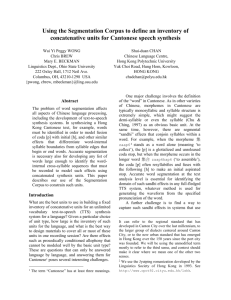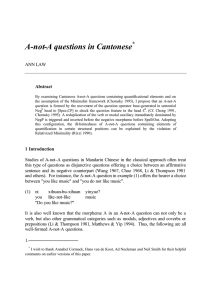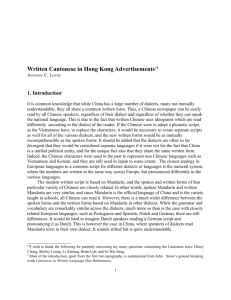This study focuses on the processing of xxx in child second
advertisement
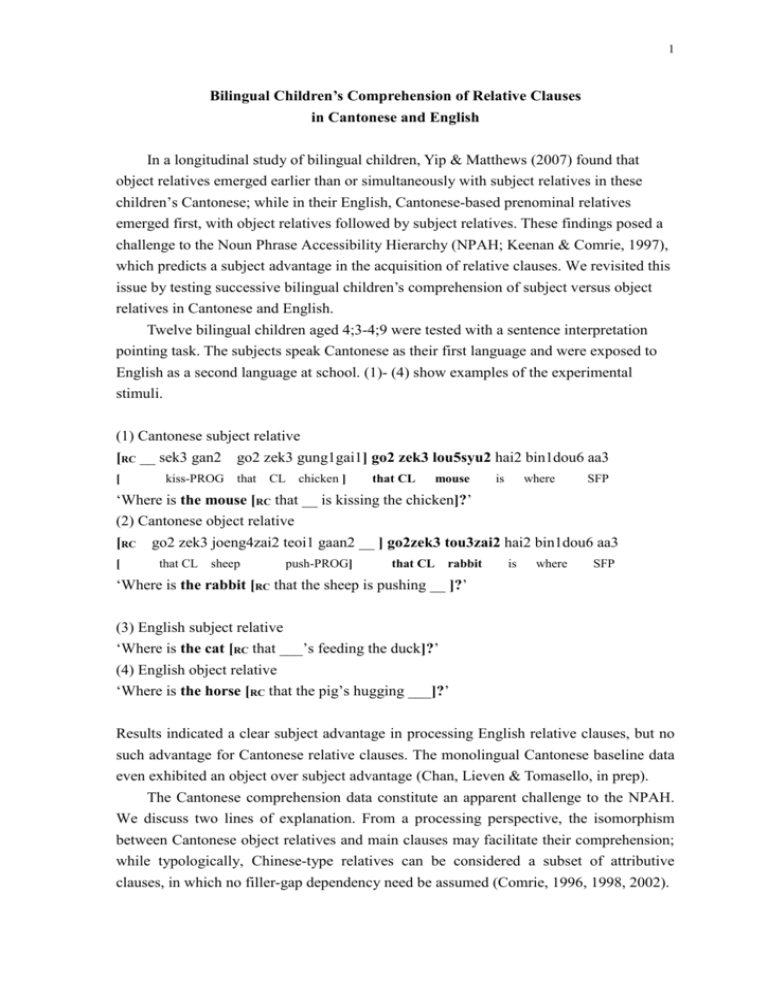
1 Bilingual Children’s Comprehension of Relative Clauses in Cantonese and English In a longitudinal study of bilingual children, Yip & Matthews (2007) found that object relatives emerged earlier than or simultaneously with subject relatives in these children’s Cantonese; while in their English, Cantonese-based prenominal relatives emerged first, with object relatives followed by subject relatives. These findings posed a challenge to the Noun Phrase Accessibility Hierarchy (NPAH; Keenan & Comrie, 1997), which predicts a subject advantage in the acquisition of relative clauses. We revisited this issue by testing successive bilingual children’s comprehension of subject versus object relatives in Cantonese and English. Twelve bilingual children aged 4;3-4;9 were tested with a sentence interpretation pointing task. The subjects speak Cantonese as their first language and were exposed to English as a second language at school. (1)- (4) show examples of the experimental stimuli. (1) Cantonese subject relative [RC __ sek3 gan2 go2 zek3 gung1gai1] go2 zek3 lou5syu2 hai2 bin1dou6 aa3 [ that kiss-PROG CL chicken ] that CL mouse is where SFP ‘Where is the mouse [RC that __ is kissing the chicken]?’ (2) Cantonese object relative [RC [ go2 zek3 joeng4zai2 teoi1 gaan2 __ ] go2zek3 tou3zai2 hai2 bin1dou6 aa3 that CL sheep push-PROG] that CL rabbit is where SFP ‘Where is the rabbit [RC that the sheep is pushing __ ]?’ (3) English subject relative ‘Where is the cat [RC that ___’s feeding the duck]?’ (4) English object relative ‘Where is the horse [RC that the pig’s hugging ___]?’ Results indicated a clear subject advantage in processing English relative clauses, but no such advantage for Cantonese relative clauses. The monolingual Cantonese baseline data even exhibited an object over subject advantage (Chan, Lieven & Tomasello, in prep). The Cantonese comprehension data constitute an apparent challenge to the NPAH. We discuss two lines of explanation. From a processing perspective, the isomorphism between Cantonese object relatives and main clauses may facilitate their comprehension; while typologically, Chinese-type relatives can be considered a subset of attributive clauses, in which no filler-gap dependency need be assumed (Comrie, 1996, 1998, 2002).
